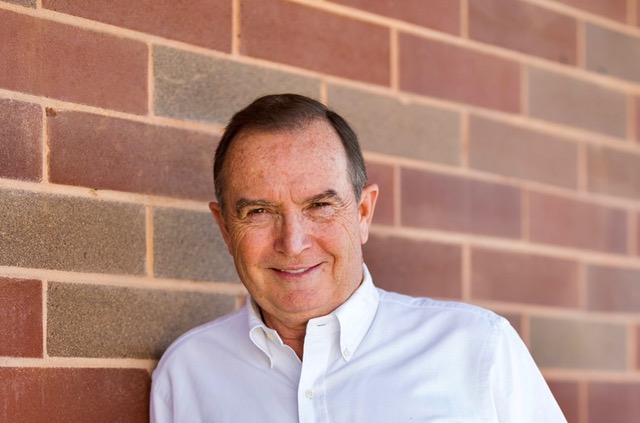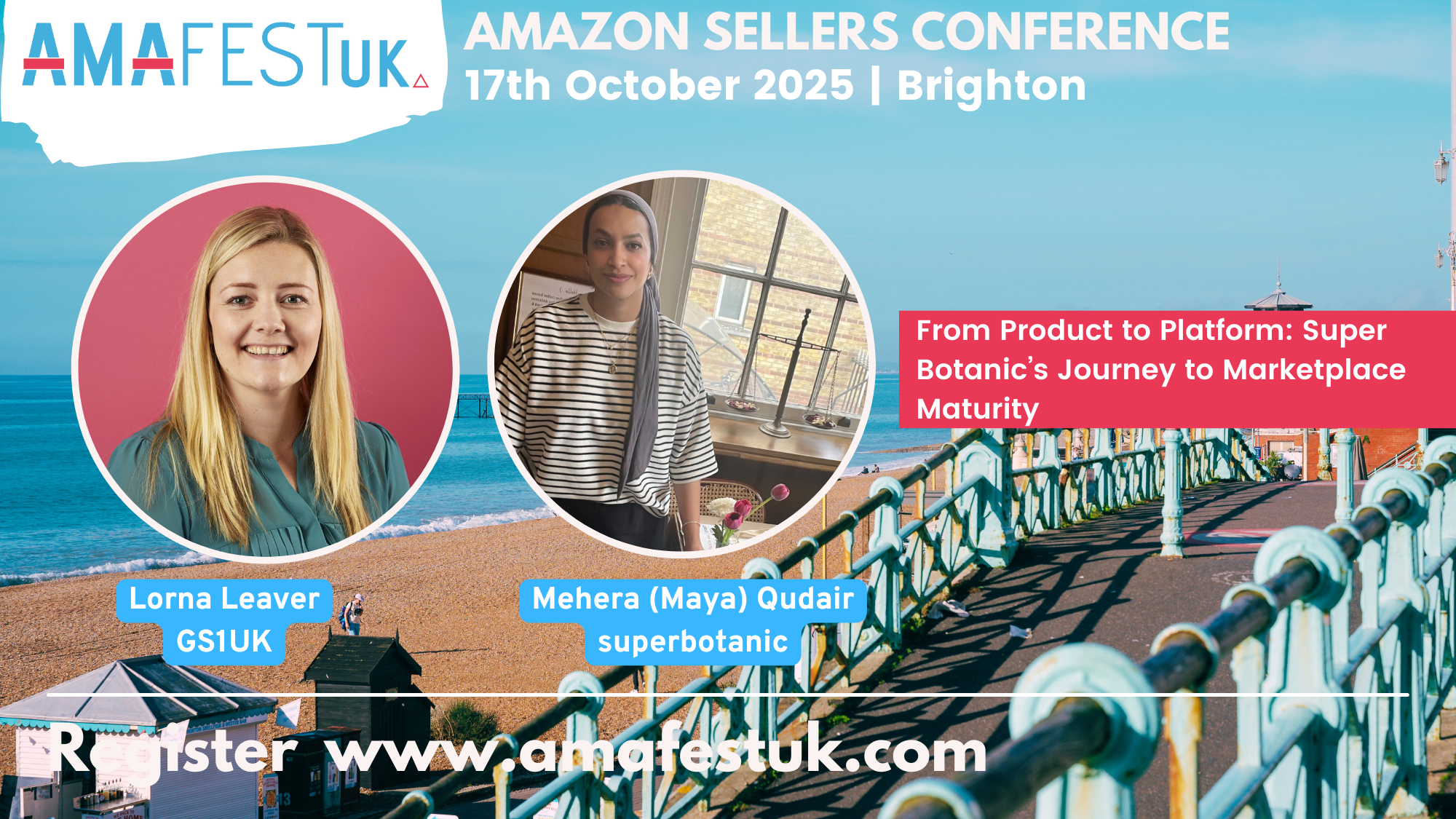Influencer marketing has been under a lot of scrutiny over the last couple of months with many business’s vowing to stop working with any influencer found to be ‘fake’.
Brands are allocating more budgets to influencer marketing than ever before with an estimated $1.5 billion dollars invested globally. And with 75% of marketers admitting to working with influencers, it’s time to clean up influencer marketing.
What is influencer fraud?
While it’s important to remember that influencers can play a powerful part in leveraging a brand, more brands are starting to notice that some people are cheating the system. Fake influencers can either be bots, or real people who artificially boost their following and engagement by paying for it through a third party app. They do this to look more influential to brands looking to collaborate, when reviewing vanity figures like follower count. It’s no secret that influencers with high followings can charge an awful lot of money for content, unfortunately encouraging more and more accounts to ‘cheat’.
Brands such as Pampers, L’oreal and Magnum have all admitted becoming victim to such influencers. It’s not just Instagram that is suffering. An investigation by the New York Times recently revealed that 15% of Twitter users were likely automated accounts designed to simulate real people. These ‘fake influencers’ could jeopardise a customer’s trust in a brand. Marketing is used not only to expand brand reach but also to build trust and credibility. If the general public doesn’t trust influencers, they won’t trust the brands that are being promoted (Unilever CMO, Keith Weed 2018)
Tips on how to spot fake accounts
The big debate is how to actually solve influencer fraud. While at the moment it’s almost impossible to identify this fraud, Global Social Media agency, Social Chain, has created a tool to allegedly help stop this problem. Their app, Like-Wise has been designed to help brands spot fake followers and allocate spend with confidence.
“The influencer marketing industry is now worth billions, but estimates show up to 25%* of influencers have paid for fake followers from illegal bot farms” – Like-Wise 2018.
For the time-being, we’ve pulled together a few preventative measures to help make sure you’re getting the most out of your influencer activity and spend.
Blue tick = verified account
Instagram, Facebook and Twitter give authentic influential accounts a blue tick, meaning their profiles are verified, proving they own the account. This is an easy way to spot a real account over a fake account.
Check the comments
An easy giveaway is the type of comments visible on an influencers image. Generic comments like “Great post” or “Awesome” can often be associated with bots purchased for engagement purposes. More authentic comments include conversation tagging friends or a comment that directly links to the topic of the post.
Groups
Influencers are often part of common networks; they interact with each other, go to the same events and sometimes work with the same brands. Take fashion bloggers Hannah Gale and Chloe Plumstead for example, they hang out together and interact with each other (and other bloggers) so there’s an obvious genuine influence and connection. If an account interacts with other influential social media accounts or is mentioned in pictures/stories of other influencers, then you know they are a real person.
Prioritise Engagement
We say this to our clients and we’ll keep saying it. Engagement > followers. Repeat. Engagement > followers. Boasting 1 million followers is no longer impressive if your engagement rate is 0.02%. Take the time to work out the average engagement rate of an influencer. If people aren’t engaged by the content it’s not meaningful…so why should it be meaningful to your business?
It’s also important to remember other important factors like is the influencer passionate to creating content? Does their audience trust them? This is where micro-influencers can help. Micro-influencers have a smaller follower count than high tier influencers but tend to have a loyal and engaged targeted audience and a lower cost – win-win right?
Need help with your influencer marketing? Get in touch: info@discoveroutpost.com









